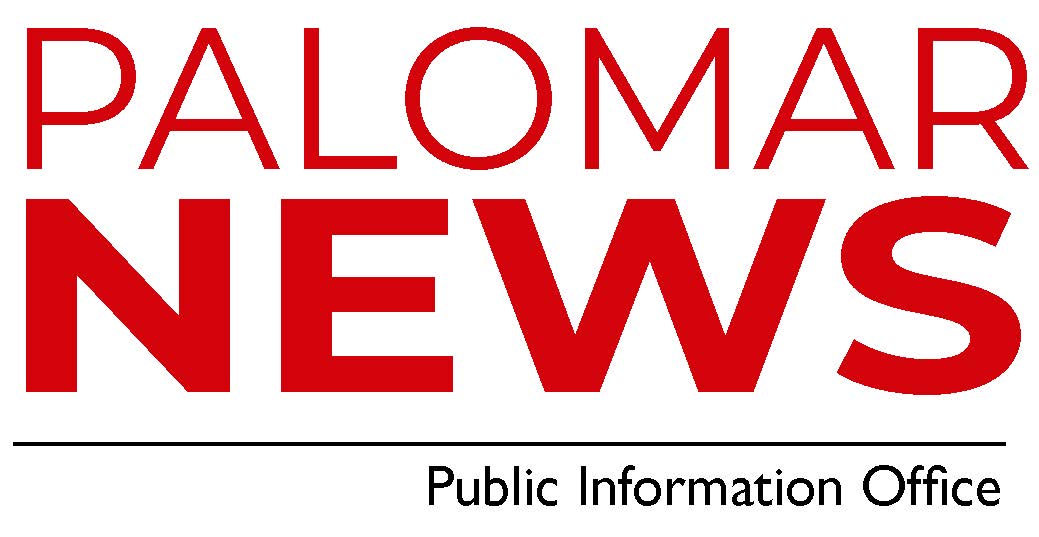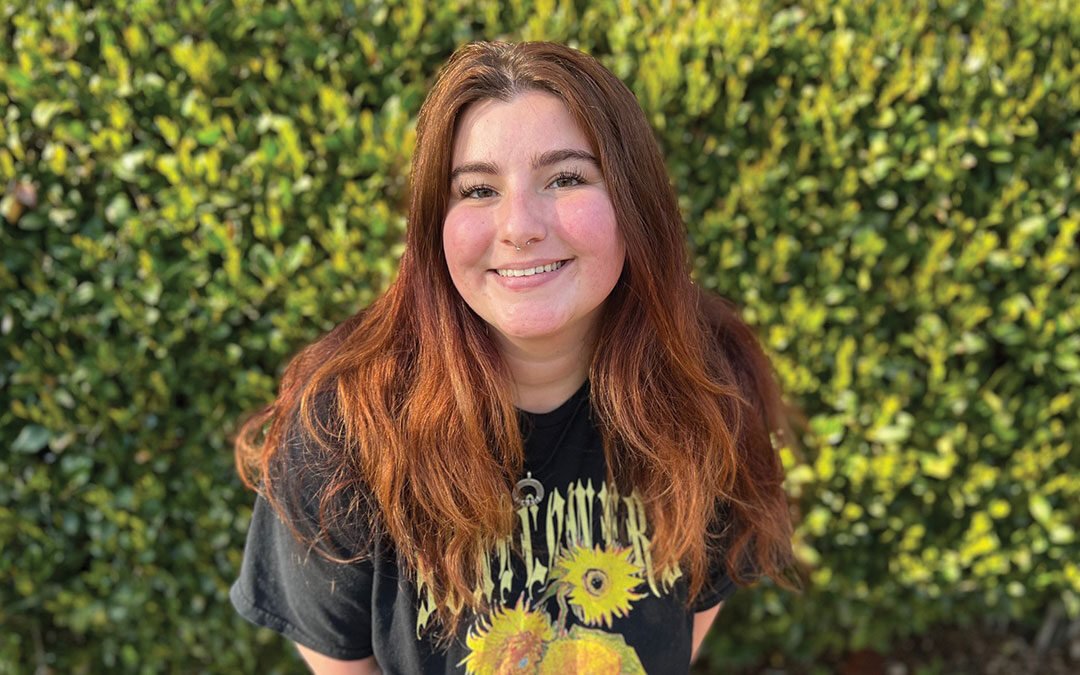SAN MARCOS — As an apprentice at the San Diego Natural History Museum’s Library Department, Alex Tomeo has seen hundreds of rare and historic photos of San Diego and the region.
Now in her last semester at Palomar College, Tomeo recently co-authored a research paper entitled “Please Don’t Break: A Study of Glass Plate Photography.” Her co-authors were fellow Parker Photo Apprentices Diego Jiminez and Noelle Zocco, as well as the museum’s Library Curator, Ariel Hammond.
The paper was about the best practices in handling and archiving glass film plates, with a section on cleaning and digitizing: “We have some in the collection that were likely hand-poured, so they made the emulsion themselves and poured it onto the glass,” she said. “You need to store them properly, with acid-free envelopes.”
Tomeo and the others were already doing the work of cataloging and archiving the fragile plates for posterity, and they wrote the paper to help future archivists.
“We realized there was really no one place where all of this information can be found—it’s kind of just scattered around the internet by people who are figuring it out,” said Tomeo. “So we compiled the information into one source for people to use later on.”
Tomeo’s work at the museum began when the library staff there asked for community college students to help archive historic photographs. She applied last spring and was accepted.
“Palomar made it possible to explore a new passion and get my first real-world research experience,” said Tomeo.
For a 21-year-old student who began learning about film photography after high school, the experience of working with 100-plus-year-old images was a dream come true.
“We’ve been digitizing, archiving, warehousing and working with these dry glass plates and lantern slides in the collection, and making sure they’re safe and well-preserved,” she explained. “The images are on such a fragile medium—pieces of glass that have been coated with photo-sensitive material. They’re about 2 millimeters thick and the ones in our collection are anywhere from 4X5 to 8X10 and super finely detailed—just incredible photographs.
“And they contain a lot of San Diego’s history, such as the flood of 1916 at the Sweetwater Dam—there’s a photo of two people standing at the edge with water flowing down. There’s also a lot of work by scientists who were working in Baja.”
Many of the photos in the glass-plate collection were taken by Lee Passmore, a scientist working in the area in the 1920s who was connected to the museum, as well as former directors of the museum, like Clinton Abbott: “While (Abbott) was managing the museum, the Navy took over and used it as a sick bay, with hospital beds,” said Tomeo. “So some of his photographs show what the museum looked like at that time.”
Tomeo was so inspired by the work that she has started producing a series of images on her own glass plates as a final project for the Natural History Museum.
“As a photography student, I was really interested in how it worked, and wanted to try it myself,” said Tomeo. “My professor, Scott Klinger, lent me his camera and a glass plate holder and told me to go for it, to make it happen. The museum bought the plates and the chemicals, and I’ve been taking portraits of the heads of the departments.”

